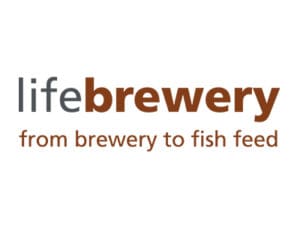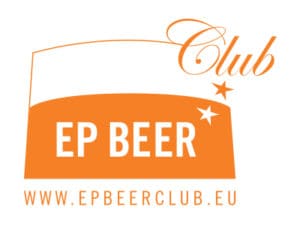Join Marverine Cole, award winning BBC journalist, broadcaster and beer sommelier, as she discusses some of the biggest trends across the brewing sector with panellists from around Europe. From sustainability and the “green recovery” from Covid-19, to innovation in flavours and manufacturing, and the changing shape of the modern-day beer drinker.
This panel will also launch the new “Raising the Bar” series, produced by BBC StoryWorks Commercial Productions, which will be taking a look at the brewing sector across Europe over the next 12 months.





